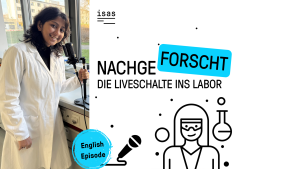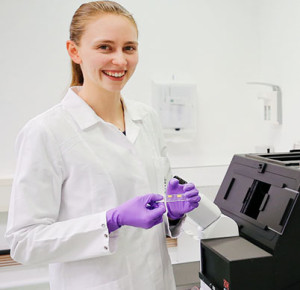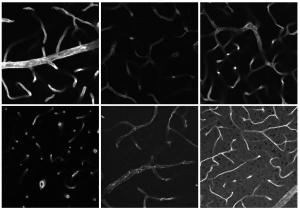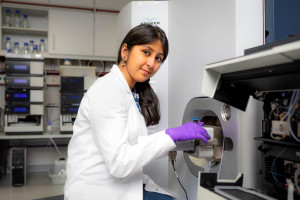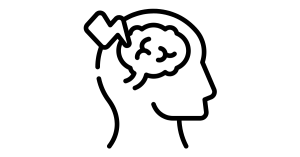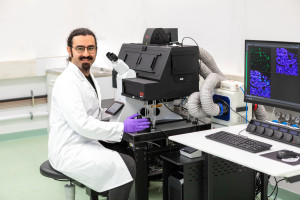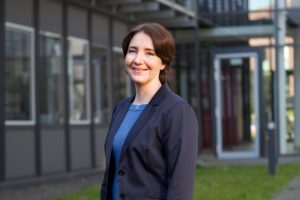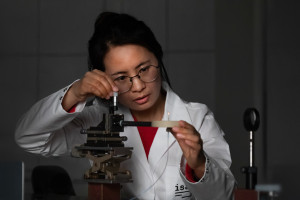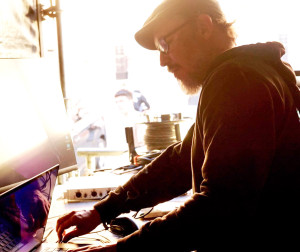Dortmund, 1st October 2021
Since the beginning of August, a pharmacy student from Italy has been a guest at ISAS for the first time. Anna Percio is studying at the Catholic University of the Sacred Heart (Università Cattolica del Sacro Cuore) in Rome.
The 22-year-old spends two months of her lecture-free time in the ERC group Sulfaging to get to know the research work at ISAS. "We are very happy about this partnership and about being able to offer our students this exchange," says Prof. Andrea Urbani, Director of the Department of basic biotechnological sciences, intensivological and perioperative clinics, who visited Percio in Dortmund in August and got a first-hand impression of the exchange.
New insights into biochemistry at ISAS
Percio begins the forth and therefore second last year of her studies in October. In the Italian capital, more than 250 km away from her hometown Avellino, she is following the example of her mother and grandmother, who are both pharmacists. Since the 22-year-old is not only interested in the health economic aspects of pharmacology, but also in the analytical methods from the field of biochemistry, she decided to take part in the exchange at ISAS. "At the beginning, I had to learn a lot in Dortmund, because the work flows in a biochemical laboratory are very different from those in the laboratories at the university," the student reports. In the ERC group Sulfaging, she is responsible for cultures of connective tissue cells (fibroblasts) and neuronal cells from mice. Using those, the Italian is testing the extent to which hydrogen sulfide controls the cellular response to insulin signalling and thus influences the ageing process of cells.
Pandemic causes a later start than planned
Due to the pandemic, Percio was not able to leave Rome until a month later than originally planned. To ensure that she does not miss the start of the new semester in Italy in October, she will only stay at ISAS for two months instead of the planned three. The student is glad that she was able to come to Germany at all: "Until now, there were few opportunities for pharmacy students to go abroad. I see it not only as a chance to get to know other cultures, but also to see what kind of work I want to do after I graduate." In addition to her interest in research, Percio shares a love of football with her colleagues in Dortmund: back home however, she does not support BVB, but her favourite club, Juventus Turin.
(Cheyenne Peters)
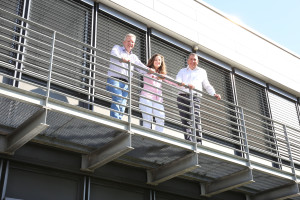
In August, Prof Albert Sickmann welcomed Anna Percio and Prof. Andrea Urbani from the Università Cattolica del Sacro Cuore to ISAS.
© ISAS
